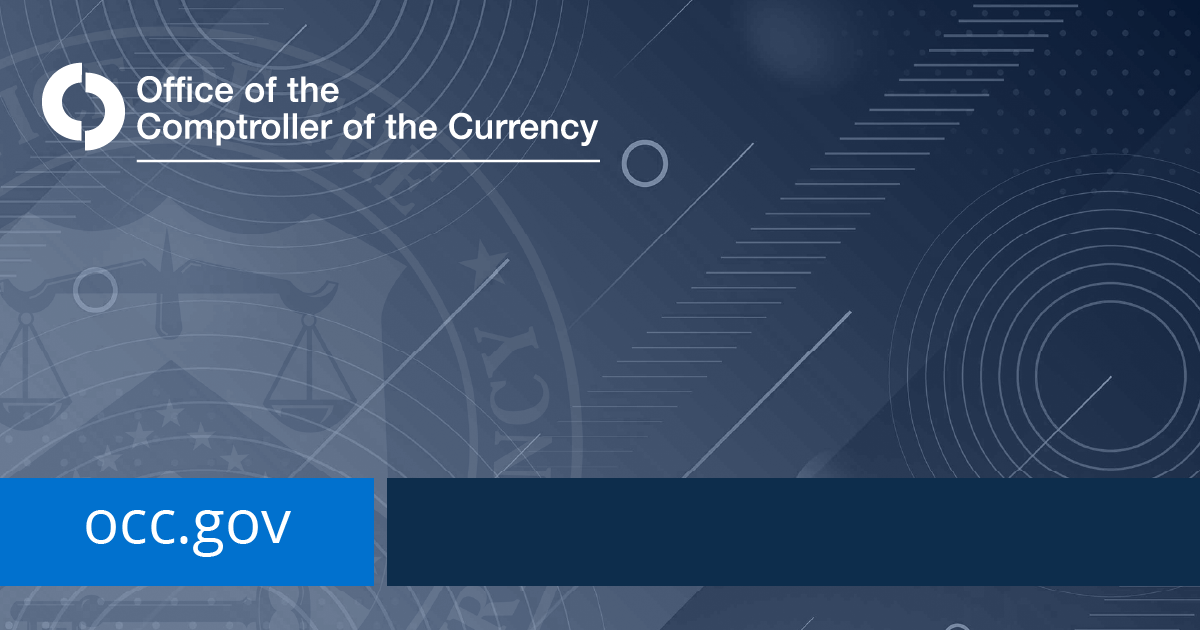What to know:
- A divergence between bitcoin and the S&P 500 began following the election of Donald Trump, but the two asset classes have recently begun moving more in tandem.
- While macro factors like the interest rate outlook may have held back stocks over the past two months, a more favorable political outlook and things like declining exchange balances have boosted bitcoin, said one analyst.
- The renewed correlation of late could pose a short-term risk for bitcoin.
Since the November 5 election of Donald Trump to the U.S. presidency, bitcoin (BTC) is up around 47%, sharply outperforming the S&P 500's 4% advance.
The incoming president, of course, has made clear his friendliness towards bitcoin and crypto. Also worth consideration is the Republican sweep of the Senate and House of Representatives, where laws that might affect crypto will ultimately be passed.
Andre Dragosch, Head of Research at Bitwise in Europe, spoke exclusively with CoinDesk about other factors affecting the divergence between bitcoin and stocks.
"My view on bitcoin versus S&P 500 is that the stock market has been negatively affected by the Fed's hawkish rate cut in December," said Dragosch.
"The Fed revised its planned rate cuts for 2025 to 2 rate cuts only, less than previously telegraphed and also less than previously anticipated by traditional financial markets".
At the same time, the DXY index, which measures the value of the U.S. dollar against a basket of the major currencies, is up 5%, putting further pressure on risk assets. That might typically include a hurt on bitcoin, but Dragosch explains that it held up relatively well thanks to other factors, the ongoing bitcoin supply deficit on exchanges being among them. "Bitcoin exchange balances have continued to drift lower despite profit-taking," he continued.

"While on-chain factors will likely provide a significant tailwind at least until mid-2025, the deterioration in the macro picture could pose short-term risks for bitcoin as well, especially on account of the still relatively high correlation with the S&P 500," Dragosch concluded.





























